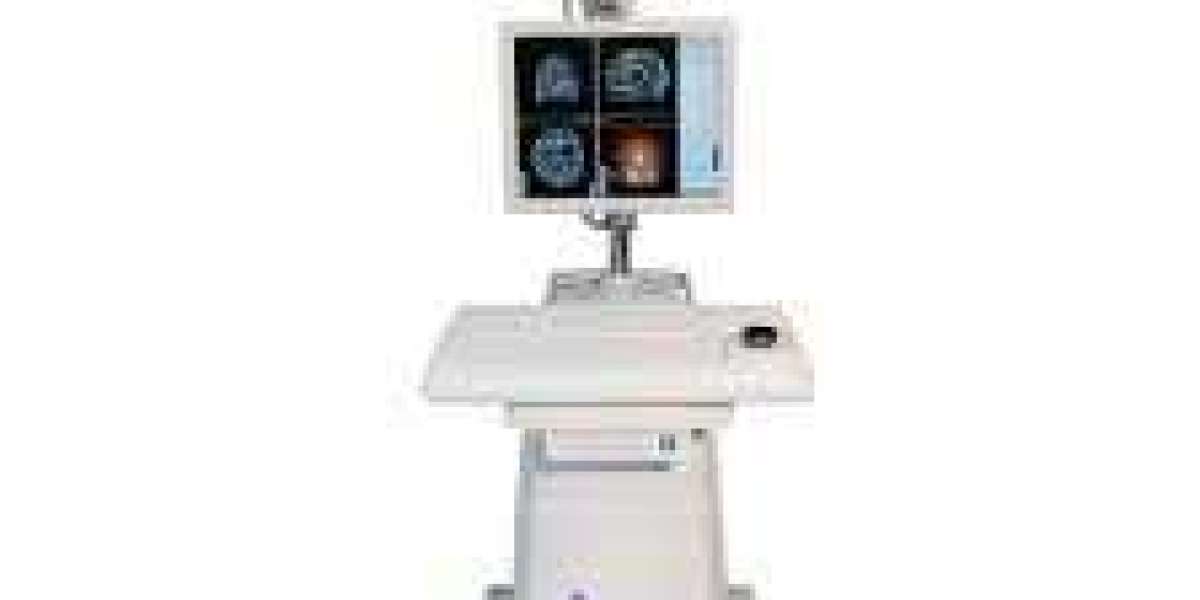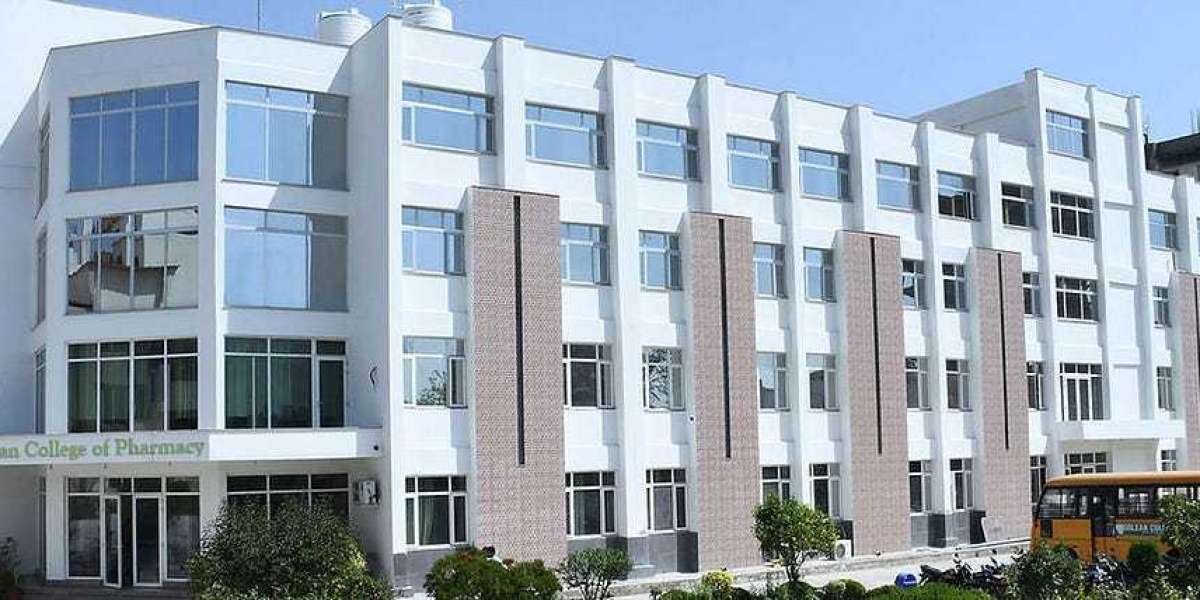Surgical navigation systems india become a cornerstone in modern medicine, particularly in India, where the demand for advanced healthcare solutions is rapidly growing. These systems are revolutionizing how surgeries are performed by offering unparalleled precision and improving patient outcomes. In this blog, we explore the impact of surgical navigation systems in India and why navigation machines are becoming indispensable in surgical practices.
What Are Surgical Navigation Systems?
Surgical navigation systems are advanced tools that provide surgeons with real-time, 3D imaging of a patient's anatomy during surgery. They act like GPS for the human body, guiding the surgeon's instruments with pinpoint accuracy. This technology is particularly useful in complex procedures where precision is critical, such as neurosurgery, orthopedic surgery, and ENT (ear, nose, and throat) operations.
The Growing Demand in India
India's healthcare sector is experiencing a significant transformation, with hospitals and clinics adopting cutting-edge technologies to improve patient care. Surgical navigation systems in India are at the forefront of this change, driven by the increasing complexity of surgical procedures and the need for improved outcomes. These systems are becoming more accessible, making them a vital part of surgical suites across the country.
Key Benefits of Surgical Navigation Systems
- Increased Accuracy: One of the primary advantages of surgical navigation systems is their ability to enhance surgical precision. By providing real-time feedback, these systems help surgeons navigate through intricate anatomical structures with confidence.
- Reduced Risks: With the use of a navigation machine, the likelihood of errors during surgery is significantly reduced. This results in fewer complications, shorter recovery times, and better overall patient outcomes.
- Optimized Operating Room Hours: Surgical navigation systems streamline the surgical process, leading to more efficient use of operating room (OR) hours. This efficiency is crucial in a high-demand environment like India, where maximizing OR time can lead to increased patient throughput and reduced waiting times.
- Minimally Invasive Procedures: Navigation machines enable minimally invasive surgeries, which are less traumatic for patients. These procedures typically result in smaller incisions, less pain, and quicker recoveries.
Applications in Various Specialties
The versatility of surgical navigation systems allows them to be used across various medical specialties. In orthopedics, they help in accurately placing implants and aligning bones. In neurosurgery, they are essential for navigating the complex brain structure. ENT surgeons use them for delicate procedures involving the sinus and skull base.
Future Prospects in India
As the healthcare infrastructure in India continues to evolve, the adoption of surgical navigation systems is expected to rise. The focus on improving healthcare quality and patient safety will drive the demand for these advanced technologies. Furthermore, with ongoing advancements in artificial intelligence and machine learning, the future of surgical navigation systems looks even more promising.
Conclusion
Surgical navigation systems in India are transforming the way surgeries are performed. By integrating navigation machine into their practices, healthcare providers can offer better outcomes, enhanced safety, and optimized OR hours. As this technology becomes more prevalent, it will undoubtedly play a crucial role in shaping the future of healthcare in India. The continuous evolution of these systems will ensure that Indian patients have access to the best surgical care possible.














